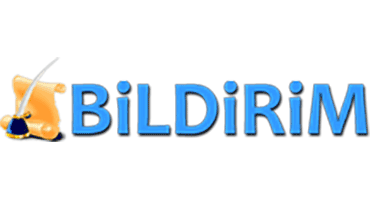Oral Presentation - 89
Beware! İncoming Danger: Battery İngestion İn Children
Ayten Ceren Bakır 1, Rahşan Özcan 1, Arın Celayir 2, Pınar Kendigelen 3, İbrahim Adaletli 4, Gonca Topuzlu Tekant 1
1 Istanbul University Cerrahpasa Medical Faculty Department of Pediatric Surgery
2 İstanbul University, Cerrahpasa Medical Faculty
3 Istanbul University Cerrahpasa Medical Faculty Department of Anesthesiology
4 Istanbul University Cerrahpasa Medical Faculty, Department of Radiology
Aim: The aim of the present study is to evaluate the pediatric patients who presented to our hospital due to the complaint of battery ingestion and interferenced.Cases and Methods:All hospital files of the children who were treated with the diagnosis of battery ingestion at our hospital between 2002 and 2016; were analyzed retrospectively. We assessed the patients in terms of age, gender, type of the battery, the location of the battery, application time, the type of the interference and complications.Results: Twenty seven cases of battery ingestions were recruited, with ages ranging from 9 months to 7 years(median age:2.4years), participating in the present study. Twenty four of the batteries were disc batteries and 3 of them were AA( Cylindrical) batteries. The locations of the batteries were: 20 of the batteries were in the eosophagus, 6 of them were in the stomach and one of them was detected in the ileum. The mean application time was 3,7 days(45 minutes to 1,5 months).One of the patients was referred from a different hospital to our center, due to esophageal perforation after battery removal in 6th hour. In follow-up, complete cure was achieved.Endoscopy was performed in 25 patients as first interference. Stomach burns did not occur in any of the batteries which was located in the stomach(n:6).After endoscopic removal of the batteries which were located in the esophagus(n:19), esophageal burns were detected in 16 patients(%84). 2 of patients had grade 1(%12.5) burns, 12(%75) of them had grade 2 burns and 2(%12.5) patients had grade 3 burns.Mean application time was 1.1day (45 minutes to 10 days). On the 10th day control endoscopy was performed. Burned areas were totally healed in 11 patients . In 5 patients partial recovery was detected. In follow-up, stricture occurred in one patient. Because of the alkaline-AA battery which settled in ileum and caused of obstruction, a laparotomy was performed. No complications were observed at follow-up.Conclusion: In the childhood, battery ingestion which located in the esophagus, needs early assessment and urgent steps must be performed. Endoscopic approach allows removal of foreign body and the assessment of the damage.

